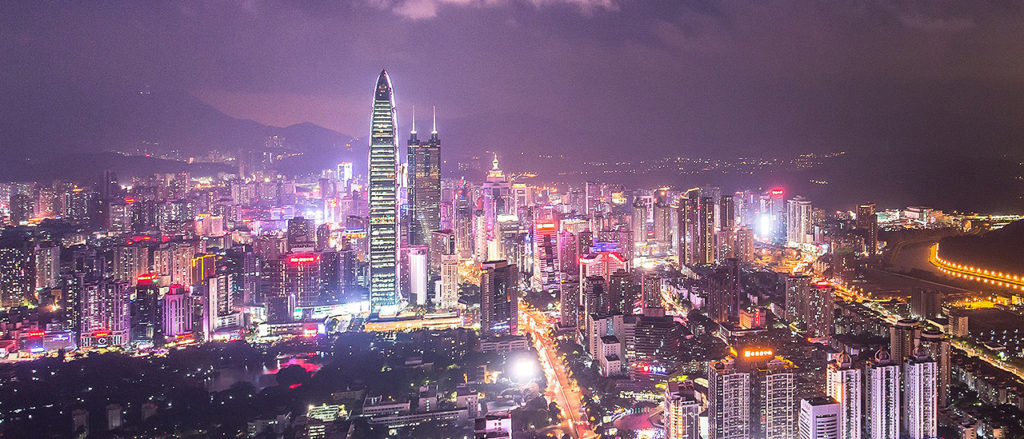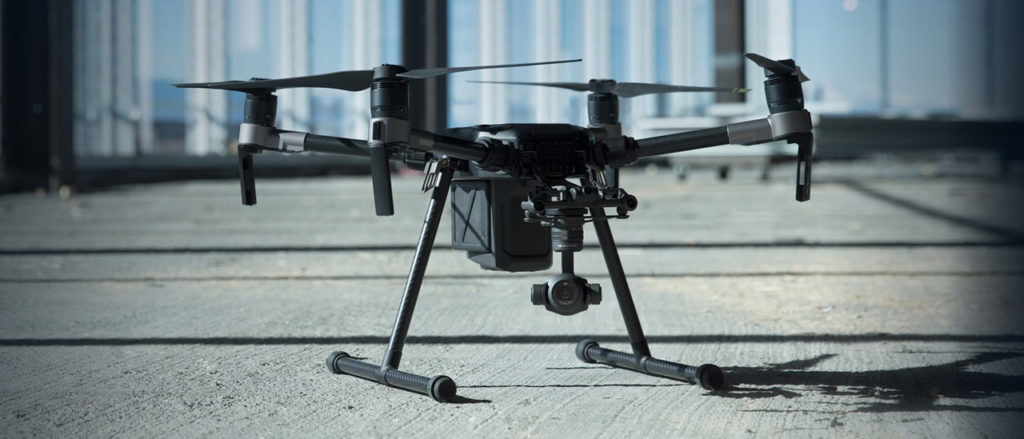When describing a business, the term 'meteoric rise' often gets used to portray how quickly a company has grown in a relatively short period of time
When applied to DJI Technologies that description does no justice at all to the mind-boggling scale of this business’s expansion over the past decade.
Decade Of Development
DJI started in a small, single office in 2006, and in that sense, it probably shares the nature of its humble beginnings with thousands of other commercial enterprises which began in similar circumstances. However, it is doubtful if many, or indeed any, of those same start-up companies, have expanded with the velocity and scale that DJI has over the past 11 years, to the extent that it now has a 70% share of its global market.
From an initial workforce of 20, DJI now has a global workforce of over 10,000 employees and its international offices can be found in countries such as Japan, Germany, the USA, Australia, South Korea, with its headquarters located in Shenzhen, China.
Shenzhen is of particular significance because it is regarded as China’s equivalent of ‘Silicon Valley‘, and is the perfect environment for DJI to have direct access to the raw materials and suppliers it requires for its products. The other advantage of operating within the main electronic hub of China is it allows DJI to attract the brightest and best technological innovators.
Giving Consumers What They Want – Innovation and Experiences
It is this focus on innovation that has pushed DJI to the forefront of creativity when it comes to several product types. One of DJI’s specialties is aerial photography and in particular drone cameras. They produce highly advanced models for both commercial use, and for consumers. The consumer models have many features that tie in with technological advances such as First Person View (FPV). FPV allows the user to control their drone camera in a similar fashion to virtual reality gaming so that as the user moves, the drome moves too.
The market for consumer drone cameras is very much its infancy, but as their uses, both practical and fun, have increased, the demand for them is growing exponentially. That demand is not just in terms of numbers, but also in respect of functionality and user experience. To satisfy that demand, companies must push their products to the limits of innovation and technology, which is where DJI exceeds at all levels.
Actively Diversifying Commercial Use
Commercial use of drone cameras is accelerating, and practical applications of DJI’s technological expertise have proved to be not just desirable, but in some cases vital. One example of this was following Hurricane Matthew in 2016, which caused huge devastation in south eastern USA. A vital utility requiring urgent attention was the mobile communication network, which was compromised due to damaged cell towers. Working in conjunction with communication companies, and using drone cameras, DJI operators transmitted live images to maintenance teams who could then determine what repairs were needed.
Other fields in which DJI drone camera technology plays a huge role are construction, search and rescue, surveying, agriculture, news broadcasting, tourism, real estate, and education. The diversity of uses continues to grow as both end users and product makers apply their imagination to what can be achieved. With DJI already embracing ingenuity and vision as part of their ethos, they are perfectly placed to play an active part in this exciting process.
Investing and Expanding Within Competitive Markets
With drone cameras, there are several other components that not only compliment, but in some cases are essential, to their use. DJI has invested their resources and applied their technical innovation to these products as well. Stabilisers, remote controllers, gimbals, propulsion systems and FPV goggles are just some of them. In addition, DJI has developed software systems for automatic flight control, drone flight management and they have even produced a ground station program for use with an iPad.
With Chinese brands expansion into western markets continuing at an incredible pace, of which DJI is a perfect example, they will be aware that competition within consumer and commercial technology products is going to become even more intense. With Japanese and South Korean electronics knocked off their previously top perches, they will be determined to fight back to retrieve the market share they have lost. Western manufacturers likewise will want to grab back their piece of the pie too.
The Future Of Possible
All of this is great news for consumers because the battle for market share will be very much fought using innovation and technological creativity as weapons. The winners will be those who can develop and manufacture products which are cutting edge and can thus offer features and benefits which make the competition’s offerings seem old-fashioned.
DJI’s vision is to not only continue pushing the technological boundaries of what can be achieved within its existing markets, but to venture into other product types with the same ideology. DJI’s strapline is ‘The Future Of Possible‘, and this is entirely apt, given that it has built a worldwide business by always looking to the future. As it already commands a 70% share of its existing product market, if DJI diversifies into other markets, in the future anything is possible!










